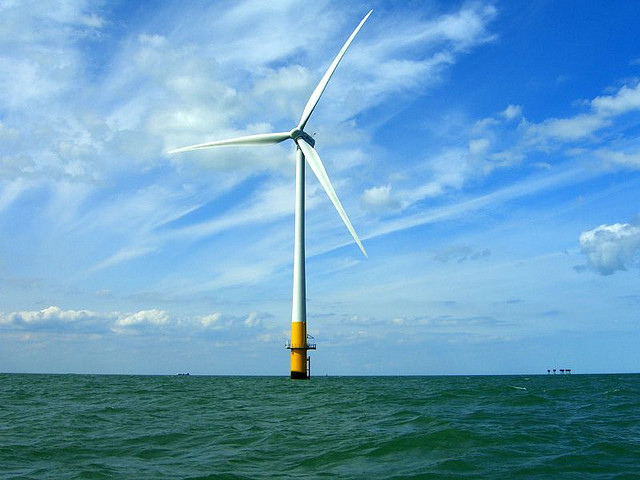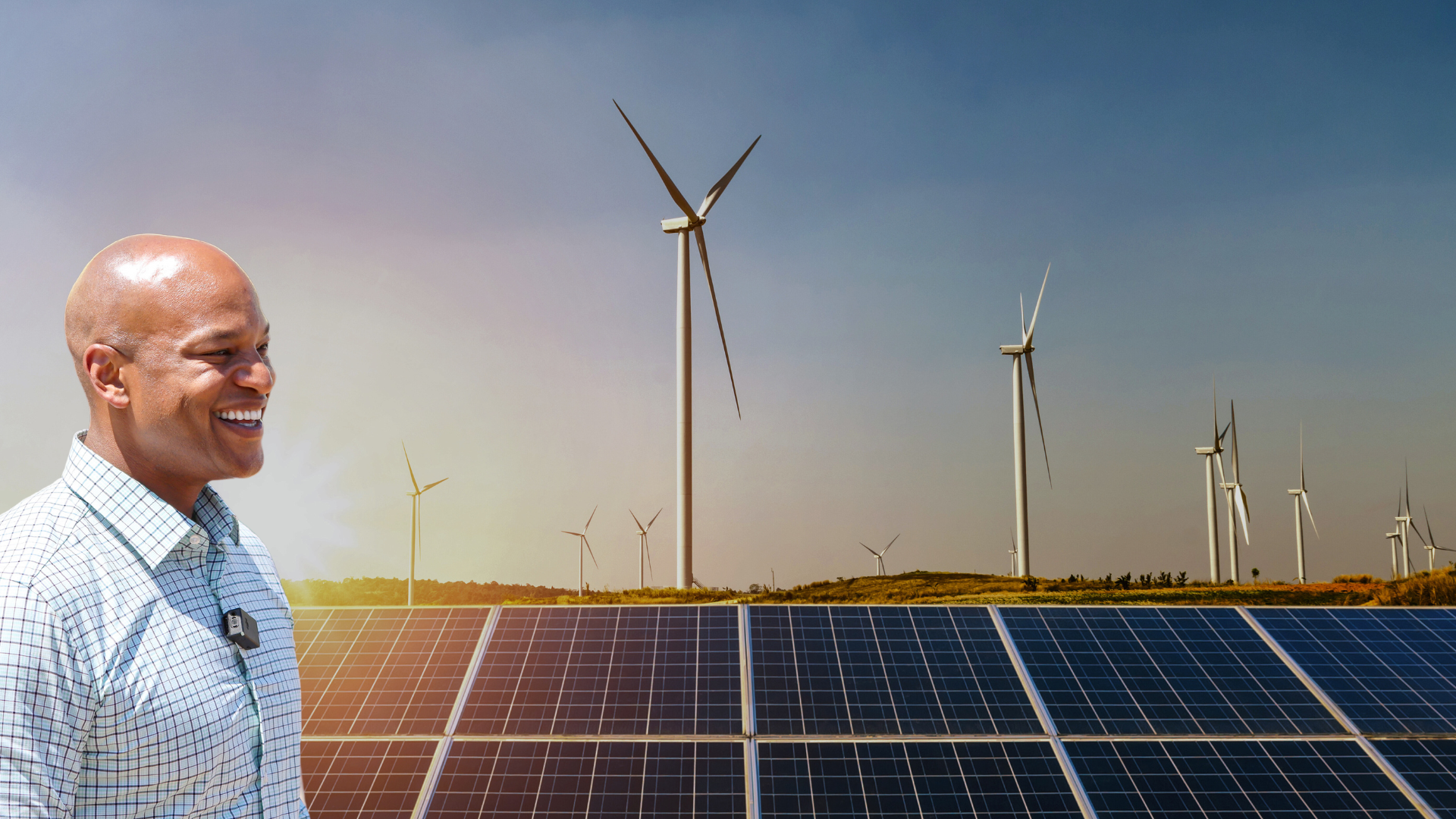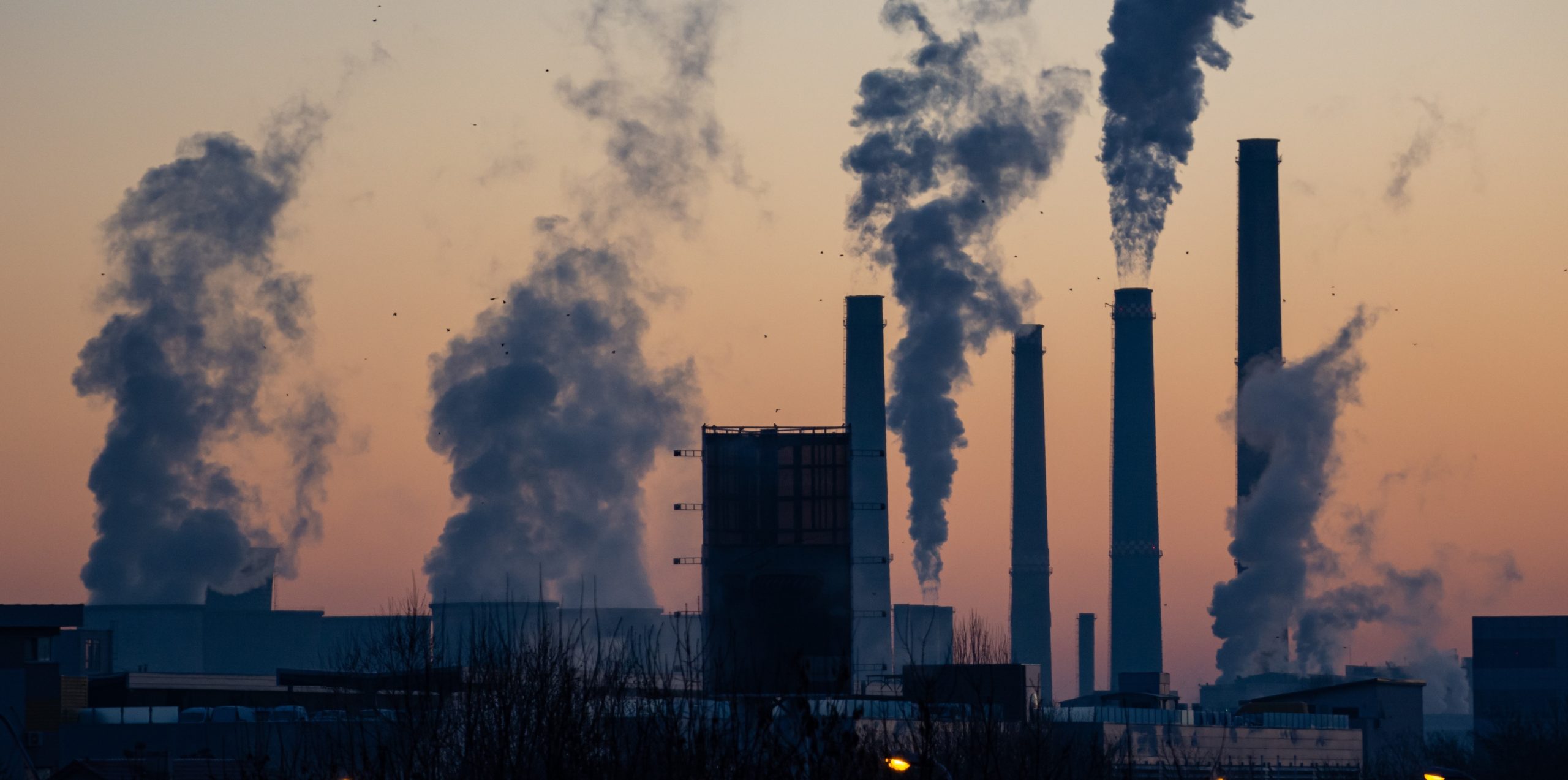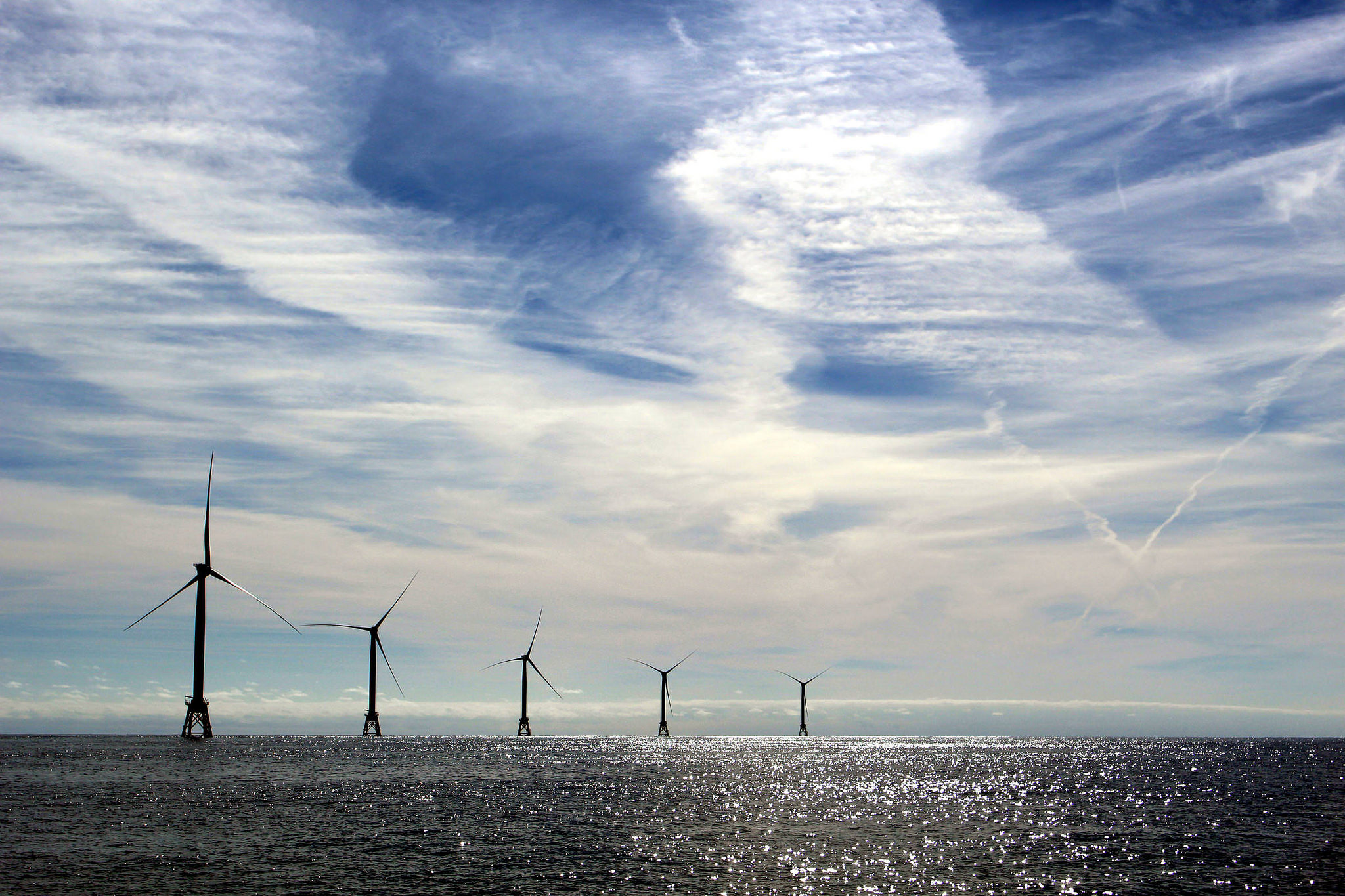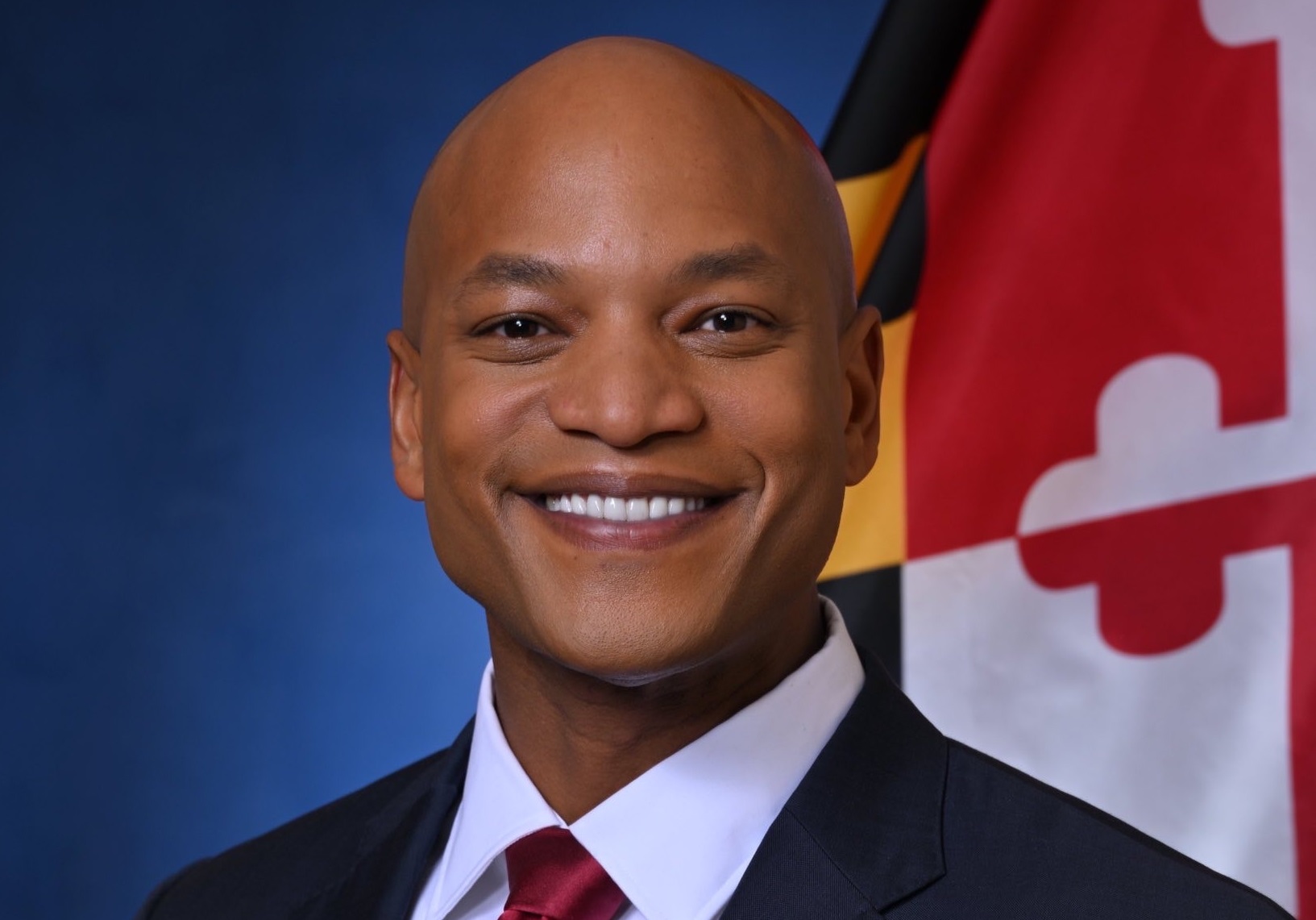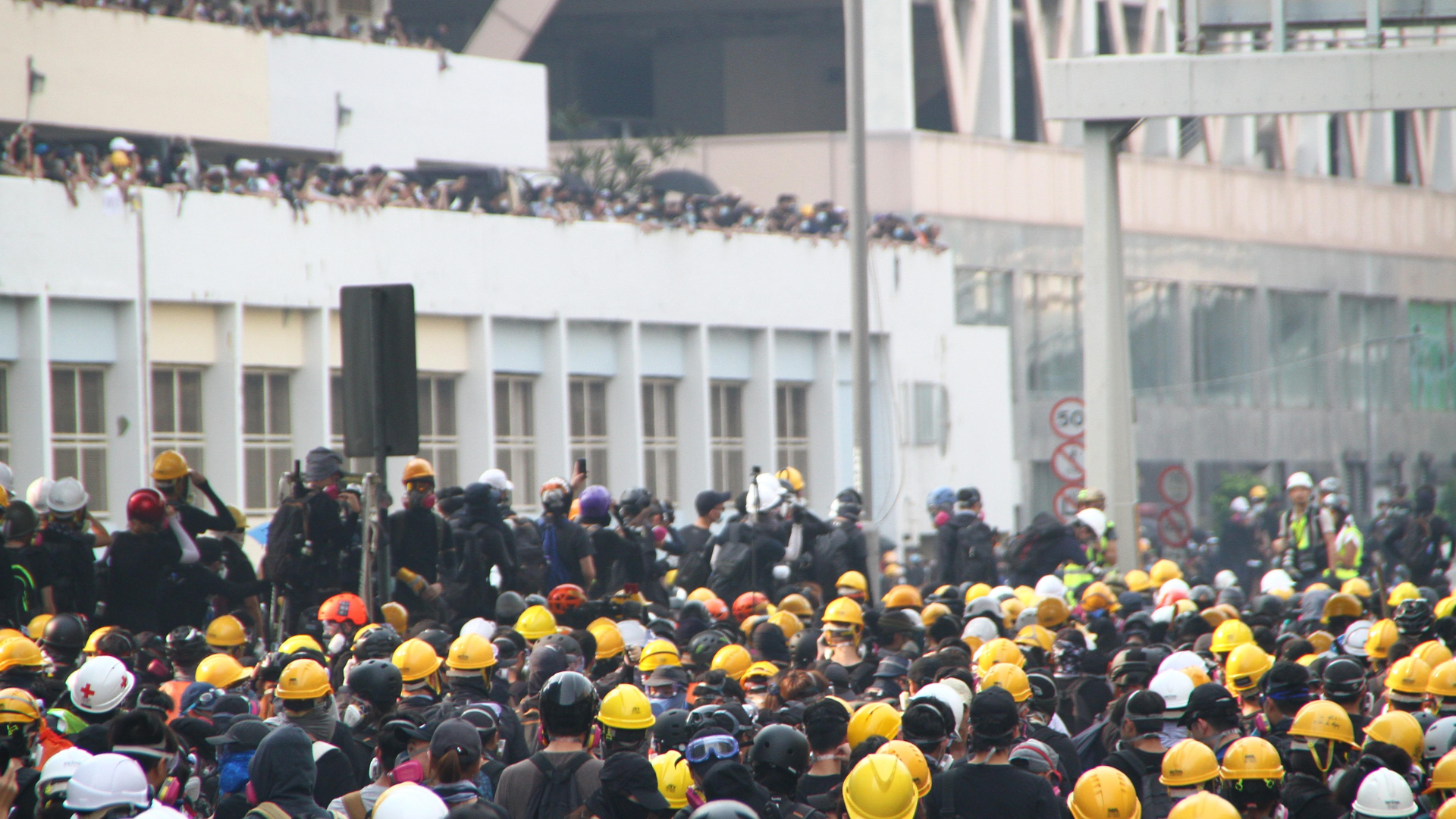Offshore Wind Continues to Grow Exponentially on the East Coast
Even as individual projects have repositioned themselves in order to get to market, new commercial offshore wind projects are moving ahead and coming online up and down the East Coast.
ANNAPOLIS, MD —On January 2, 2024, Vineyard Wind, the first commercial offshore wind project in Massachusetts, started delivering electricity to the grid. In December of 2023, SouthFork Wind, the first offshore wind project in New York, started selling electricity to the grid. In Virginia, Dominion Energy has offshore wind turbines selling electricity to the grid, and is currently building the nation’s largest offshore wind farm. In Maryland, US Wind is plowing ahead with their plans to build an offshore wind farm and deliver clean electricity to the state.
Up and down the East Coast, offshore wind infrastructure is being built and coming online more than ever before. Offshore wind energy can reduce air pollution, improve health outcomes, create good union jobs, and help the state meet its climate mandates. There has never been a better time for offshore wind in America.
Amid this boom in offshore wind, some individual companies and projects have hit speed bumps. On January 25, Orsted announced that it is repositioning its offshore wind projects Skipjack 1 and 2. Those projects are no longer planning to provide the Offshore Wind Renewable Energy Credits to help Maryland meet its clean energy goals. However, Orsted says that it does still plan to build the offshore wind projects. The company is simply looking for a different mechanism to get to market. This announcement is different from Orsted’s announcement in New Jersey where the projects were canceled entirely.
Jamie DeMarco, Maryland Director at CCAN, stated:
“Anytime a new technology is deployed at scale there will be individual projects that face challenges, but the overall trend in the offshore wind industry in the United States is exponential growth.
“Maryland’s Promoting Offshore Wind Energy Resources (POWER) Act of 2023 provided the Department of General Services the authority to purchase up to 5 million megawatt hours of offshore wind energy. Maryland should make full use of this new authority.”
Contact:
Jamie DeMarco, CCAN, Jamie@chesapeakeclimate.org , 443-845-5601
KC Chartrand, CCAN, kc@chesapeakeclimate.org, 240-620-7144
# # #
The Chesapeake Climate Action Network is dedicated to driving change in public policies at the local, state and national level to address the climate crisis. Through voter education, lobbying, and participation in the electoral process, we seek to advance our country’s leadership in the global movement towards clean energy solutions — focusing our efforts primarily in Maryland, Virginia, and Washington, DC. We know that a vibrant democracy is central to our success so we work to defend democratic integrity wherever we can.

